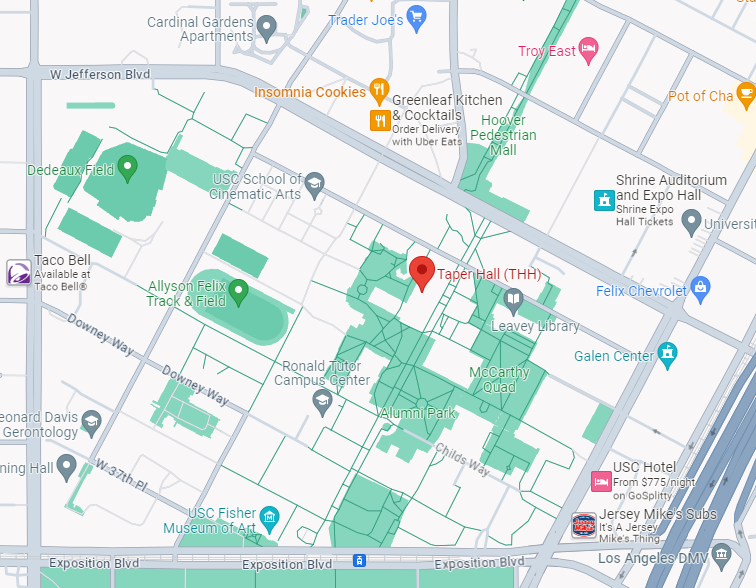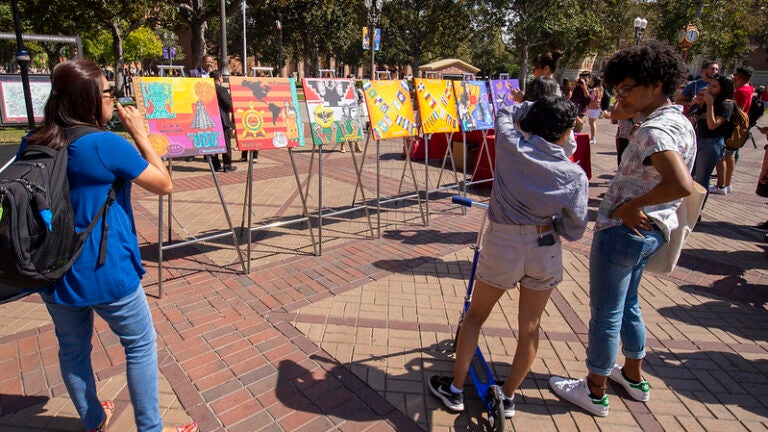“Supporting A Community-led Data Infrastructure to Build Local and Equitable Governance that Advances Policy”
CLLAS director Juan De Lara’s insights on community-centered research were featured in a recent Brookings Institution report and video. The project aims to establish a data justice model built around community collaboration. Professor De Lara’s contribution focused on addressing power dynamics within community research. He identified three critical aspects where power imbalances can occur: Power centers on three key issues when I work with communities: 1) the power to shape the questions we ask, 2) the power to shape our research process to make sure it is not simply extracting data for our own benefit, 3) the power to package results in a way that is useful to our community partners.
The full report, titled “Supporting A Community-led Data Infrastructure to Build Local and Equitable Governance that Advances Policy” can be found here.
Click the image or play button below to watch the video, which features Professor De Lara.
Explore Undergraduate Majors & the Graduate Certificate Program
Studying transnational politics, cultural arts, public history, imperialism, linguistics, migration, media, or race and ethnicity? Check out our affiliated undergraduate programs and our graduate certificate program.
What’s next?
Check this page for upcoming gatherings across USC and Los Angeles.
Researching for success and well-being for Latinos in the Inland Empire
This qualitative study shares insights from select Inland Empire Latino organizational leaders and organizers who provide their first-hand experiences and observations about the challenges in the region, but also the immense opportunities to set the region on a path for success and inclusion.
Find our newsletter in your inbox
We send out a newsletter every two weeks and inform you of academic and social events, research projects, and employment opportunities.
Contact & Visit
University of Southern California
3501 Trousdale Pkwy
Mark Taper Hall (THH) 309
Los Angeles, CA 90089
latinx@usc.edu





